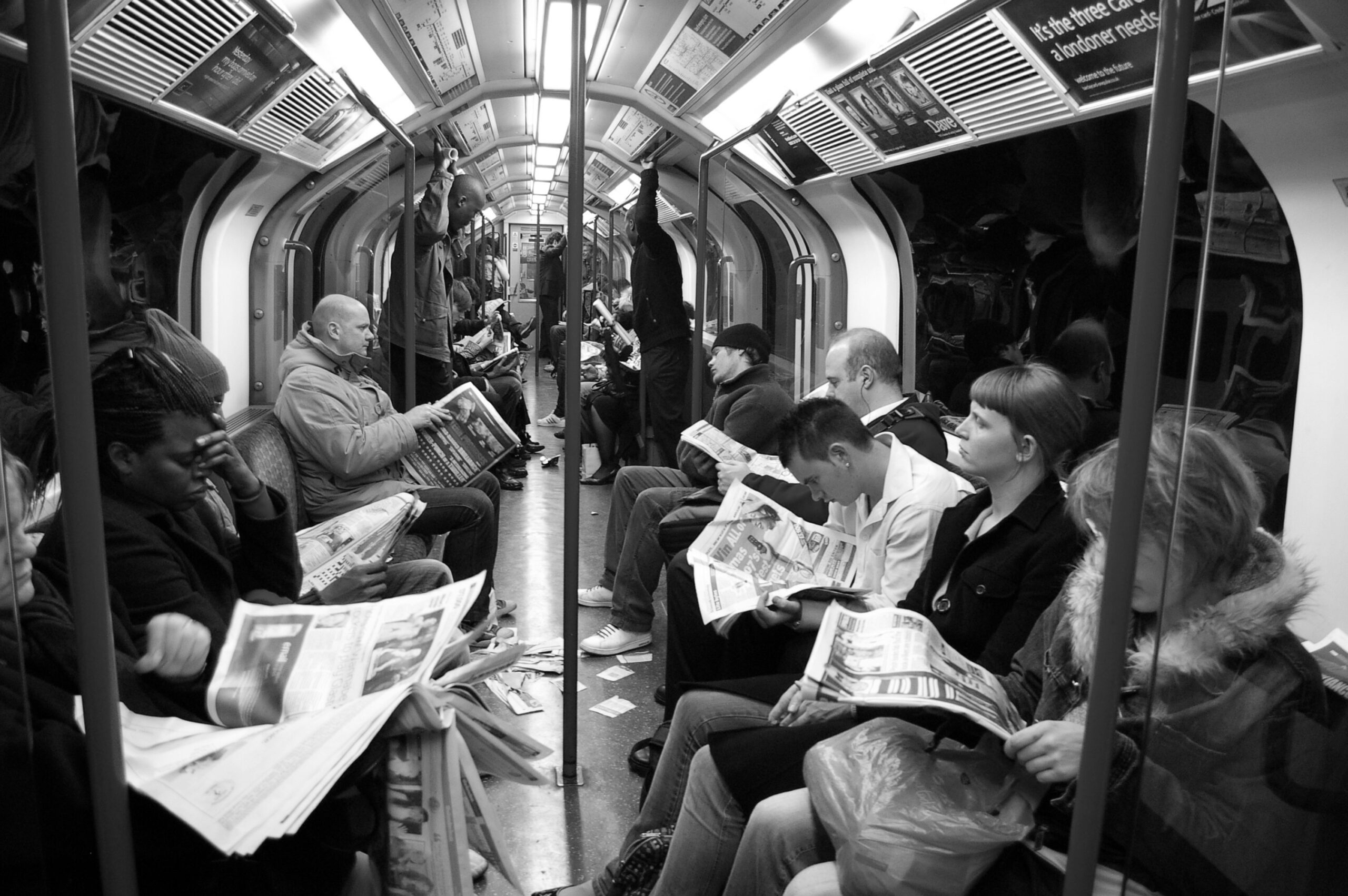Charlie Chaplin, the director of his mid-career film The Circus, was a libertine and a rake. A diminutive ladies’ man, he was having multiple affairs as the film was in production, going through a divorce settlement with his underage wife, and facing back taxes totaling six or seven figures. He was also at odds with the inevitable avalanche of the sound era, which was coming as the (apparent) demise of all that he had worked for. It was a heady, pressure-packed time in his life; and yet he managed to make this colorful circus film as authentic as any other Chaplin film, and moving in the vein of The Tramp, the hapless idealistic outsider who has a warm, tender heart filled with sadness.
The ending of The Circus evokes this as much as Modern Times or City Lights, and with even greater “classic” appeal; his jaunty loner’s retreat into the sunset glow of the roadside, an iris shot closing him out, is the epitome of his image, of what he stands for as an outsider. He must content himself with himself throughout all his failures, unable to change or to integrate with the society he peers into, as into a fogged windowpane in the winter, but still finding his own jaunty freedom (noticeable when he clicks his heels together), as though satisfied nonetheless. His salvation is in his loneliness, his outsider status, and it is from his self-recognition that so many worldwide have gained moving solace, pleasure, and a very human consolation for what he seems to embody in us all.
So as a quintessential Chaplin film, The Circus is a success; it is no less of a success as sheer entertainment, providing all the sight gags and laughs (bellyful laughs and hearty, head-shaking guffaws) that one could want in a film of any era. The funhouse sequence is a clever instance: Escaping those that are trying to apprehend him for a mistaken pickpocket gambit of which he is the hapless victim (but willing nonetheless to try his fortune), The Tramp flees into a small fun-house and plays with the police, through many ins-and-outs, as he tries to evade them. The shots and set-up make one as uneasy as the police with the distorted dimensions, in any of which could be The Tramp hopping here and there, in and out, like a maniacal jackrabbit.
Many other sequences are just as amusing, and one even includes a lion that The Tramp confronts (having strayed into his cage) to prove his mettle in front of the woman he adores. The last stunt sequence of a tightrope in the big-top, suspended over the awed and panicky spectators, crawling with hopped-up monkeys, is one that is unforgettable and gut-busting, an excellent pièce de résistance of the whole film. The Circus should not be missed by those care about silent film, about the work of Chaplin, or about his pivotal insight into human nature.


